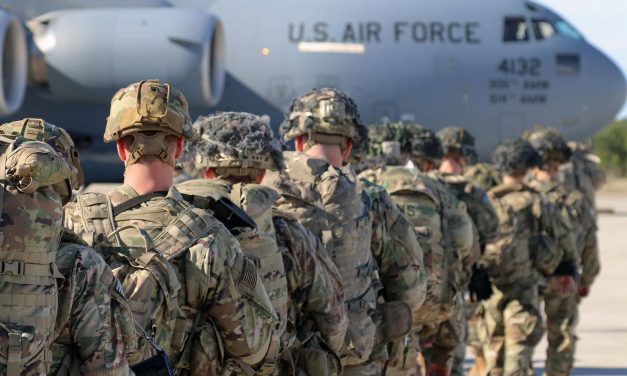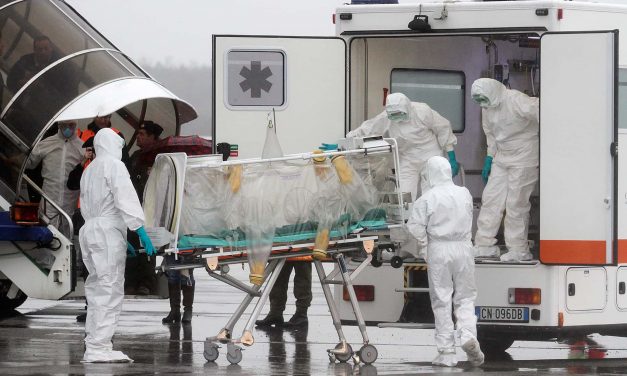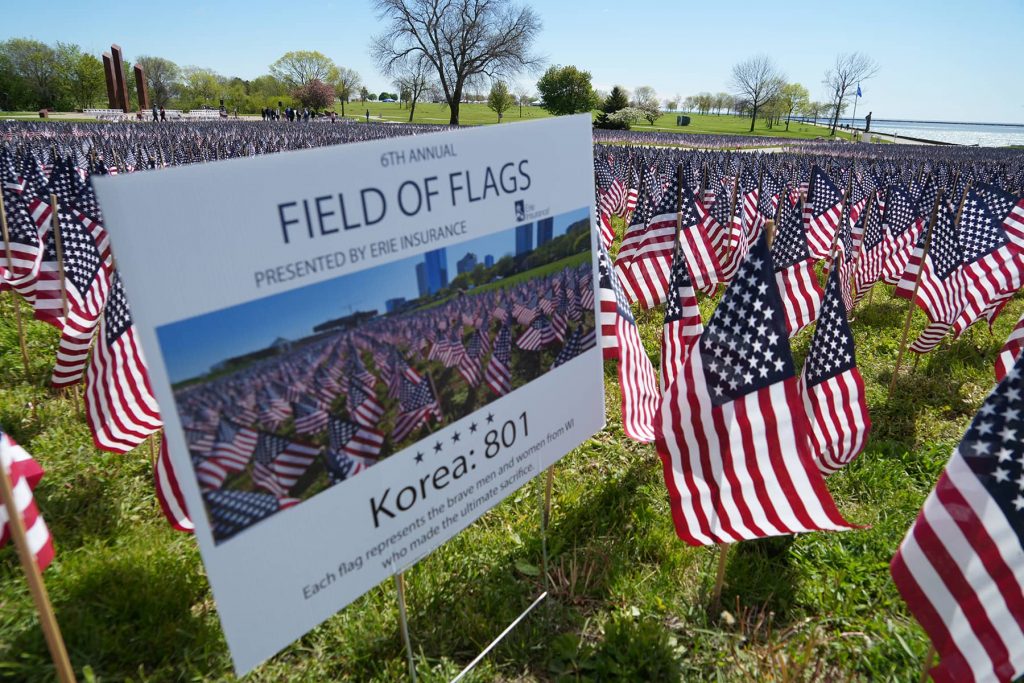Building a Fat City: How the sprawl of urban planning contributes to the obesity epidemic
By John Rennie Short, Professor, School of Public Policy, University of Maryland, Baltimore County New disease outbreaks, like the novel coronavirus that recently emerged in China’s Hubei province, generate headlines and attention. Meanwhile, however, Americans face a slower but much more pervasive health crisis: obesity. Nearly 40% of Americans are considered obese. Rates of obesity for children have increased in recent decades, putting more people at increased risk of heart disease, diabetes and some cancers. One in 5 deaths of those aged 40 to 85 are now attributed to obesity, and one recent study projects that by 2030, nearly...
Read More















